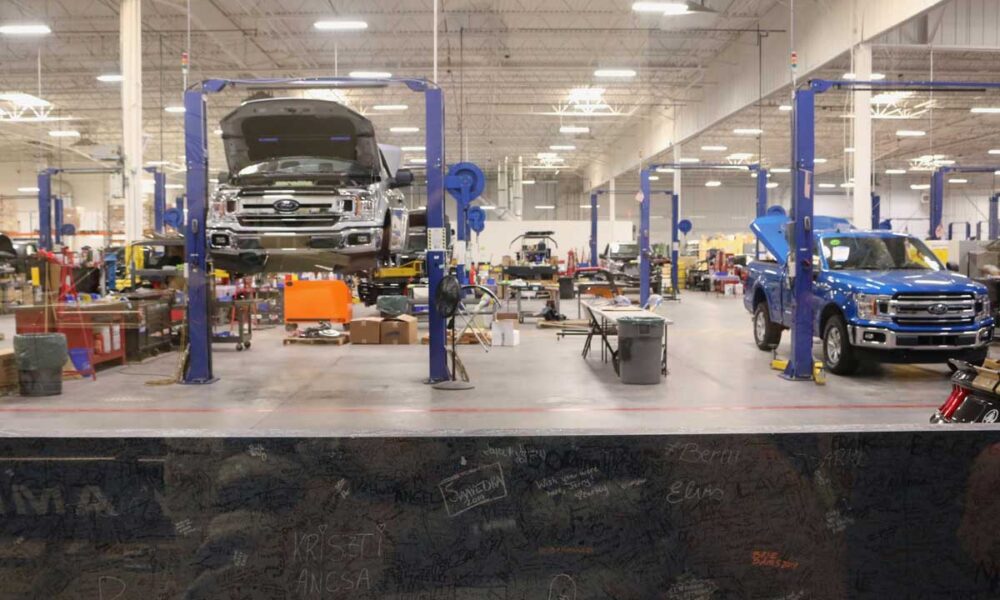Human-centered design (HCD) is a design approach that puts people first. Its aim is to create products, services, and systems that meet people’s needs, preferences, and abilities. In the automotive industry, HCD has become increasingly important as car manufacturers strive to differentiate themselves in a crowded market. In this article, we’ll explore the role of HCD in the automotive industry and how it is changing the way cars are designed and built.
Understanding Human-Centered Design
Human-centered design is a problem-solving approach that starts with understanding people’s needs and aspirations. It involves observing and empathizing with users, defining their problems, ideating potential solutions, prototyping and testing those solutions, and refining them based on feedback. The process is iterative and collaborative, involving designers, engineers, and end-users.
Human-centered design has been applied to a wide range of industries, from healthcare to finance to technology. Its application in the automotive industry has been particularly transformative, as car manufacturers have recognized the value of designing cars that are intuitive, comfortable, and safe for drivers and passengers.
The Benefits of Human-Centered Design in the Automotive Industry
Human-centered design has several benefits in the automotive industry. First, it helps car manufacturers create cars that are more user-friendly. By understanding the needs and preferences of drivers and passengers, designers can create cars that are easier to navigate, control, and operate. This can lead to a more pleasant and stress-free driving experience.
Second, human-centered design can improve the safety of cars. By focusing on the needs and abilities of drivers and passengers, designers can create cars that are safer and more reliable. For example, cars can be designed with features such as blind-spot monitoring, collision avoidance, and automatic emergency braking, which can help prevent accidents and reduce the risk of injury.
Third, human-centered design can enhance the aesthetic appeal of cars. By understanding the preferences and aspirations of drivers and passengers, designers can create cars that are visually appealing and emotionally engaging. This can help car manufacturers differentiate themselves in a crowded market and build brand loyalty.
Examples of Human-Centered Design in the Automotive Industry
There are many examples of human-centered design in the automotive industry. One notable example is the design of the Tesla Model S. The Model S was designed with the driver in mind, featuring a large touch screen interface that is easy to use and intuitive. The car also has advanced safety features, such as automatic emergency braking and adaptive cruise control, which make driving safer and more enjoyable.
Another example is the design of the Volvo XC90. The XC90 was designed with safety in mind, featuring innovative features such as automatic braking, lane departure warning, and blind-spot monitoring. The car also has a spacious and comfortable interior, with seats that are designed to reduce fatigue and improve posture.
The Future of Human-Centered Design in the Automotive Industry
The future of human-centered design in the automotive industry is bright. As cars become more connected and autonomous, the role of HCD will become even more important. Designers will need to consider how drivers and passengers interact with the car’s interface, how to provide feedback and information in a clear and concise manner, and how to ensure that the car is safe and reliable in all driving conditions.
Overall, human-centered design is transforming the automotive industry. By putting people first, car manufacturers can create cars that are more intuitive, comfortable, and safe for drivers and passengers. As the industry continues to evolve, the role of HCD will become increasingly important in driving innovation and differentiation.






